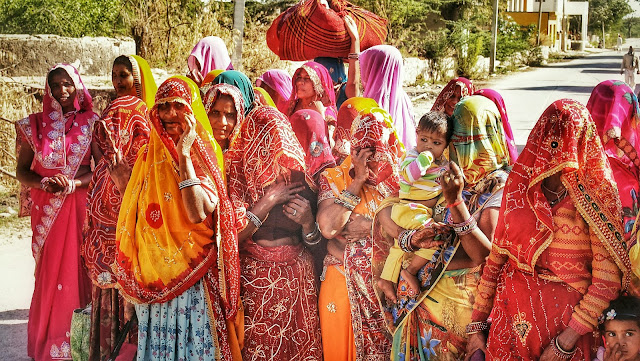Our plane is about to leave Myanmar for our final stopover at KL... Malaysia. It is somewhat frustrating leaving Myanmar... because so many questions remain unanswered.
How come this country has such a low GDP per capita?
This country has a community that is wealthier than India... or Vietnam... but has a GDP per capita (as calculated by the World Bank ) that is half that of comparative nations. Yangon has traffic that is as organised as Chatswood on a good day... many people own enough fertile land to feed themselves... and people with water and land are usually not destitute. Myanmar is self sufficient in food production... it has hydroelectricity currently sufficient to meet its small network... only 10% of dwellings have electricity. Its roads are bumpy... but the rivers are smooth. It has a high rate of literacy... many residents spend a large proportion of their spare time reading for recreation.
Why don't these facts show up in the GDP figures?
We have certainly seen people employed in ways that will soon be replaced by machines. At one house, we saw six girls employed in rolling cigarettes made from local material. We had our guide ask one of the girls how many cigarettes she rolled each day... 1,000 was her reply... she had worked at the establishment for 6 years... 7 days a week. Her career expectations were to remain with that employer. We saw a small blacksmith shop... 4 young guys... who melted the ore... using hand pumped bellows. We saw them heat and hammer the steel into a machete blade... just like you imagine the Smithies in England in days of yore. We saw a guy with fantastic skills make an umbrella from bamboo and mulberry bark... without any electricity. His improvised lathe was inspiring... his design for the spring loaded clip to hold the umbrella up was better than steel springs... and the end result had artistic appeal. Elsewhere, we saw girls making thread from lotus plant stems... did you know there is a big market in cloth made from lotus thread? We saw lots of weaving machines using up to 30 different threads... operated with girls who have memorised weaving patterns more complicated than nuclear physics... producing a yard of cloth each week... but absolutely beautiful garments.
All these traditional jobs may disappear in the next decade... and, perhaps, the country will be poorer (less interesting) as a result.
You can purchase a motorbike for $300... but that has limited utility. Many of the locals prefer to purchase water pump engines. You can use these engines for pumping water... powering your tractor/truck... and if you live near water, you can pop it into the boat and hook up the propeller. This versatile piece of equipment never seems to break down or wear out.
Why have so many pagodas?
Since the 12th century, Myanmar citizens have seen pagoda construction as a short cut to Nirvana. Our tour guide said that Buddha's teaching gave no encouragement to the cult of pagoda building... but the cult started very early. His prime message (as far as I can see) was to forget about possessions and posturing... rather, that happiness comes from being at peace with yourself, nature and community. I guess that spending money on building a pagoda illustrates that you are not concerned about accumulating material wealth. However, having yourself known as the donor of a big pagoda probably plus you on the 'A List' for every party in downtown Yangon.
The smartest boys of each generation devote themselves to studying Buddha's teaching and building high levels of skill in the art of meditation. Western civilisation attempted to run large monasteries and teach young men the inner wisdom of Christian teaching. After a time, this momentum petered out... the smartest minds chose science and business studies in preference to everlasting life. Myanmar men are still backing Nirvana... how long will this preference continue.
Myanmar is another country to challenge your long-held beliefs. Get there before it changes.














